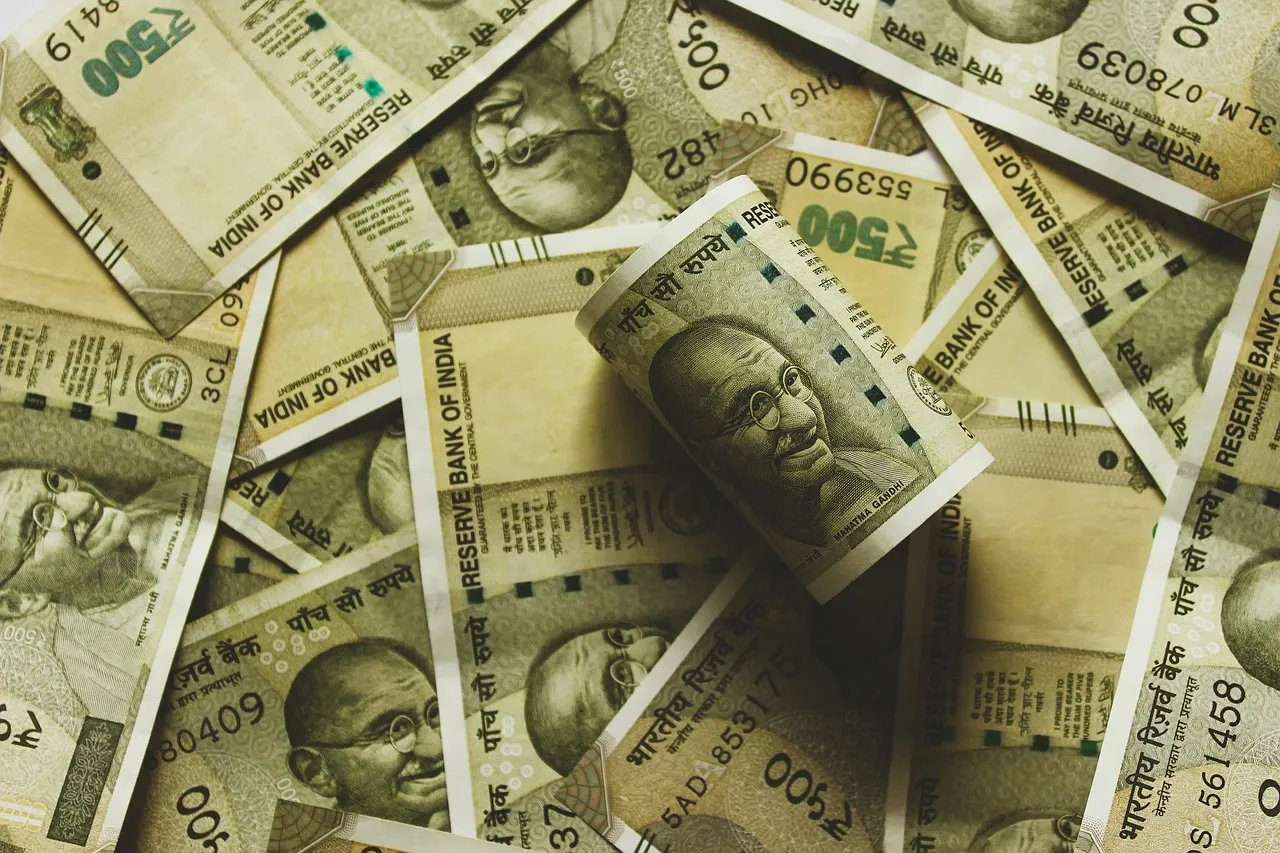Business News
RBI’s Das confident on growth despite slower Q1 GDP, says India’s economy has ‘tiger’s strength’

4 min read | Updated on November 06, 2024, 18:53 IST
SUMMARY
Central Bank Governor Shaktikanta Das said on Wednesday, November 6, that the RBI is still holding onto its estimate of 7.2% real GDP growth for FY25 even when some analysts are expecting it to be lower. He also said that instant rate cuts should not be anticipated as the RBI is under no pressure on its next course of action.

Governor Das said the October headline consumer price inflation number will be higher than September’s 5.5%
Reserve Bank of India (RBI) governor Shaktikanta Das on Wednesday said that the incoming data on economic growth is giving mixed signals. However, the positive factors, he noted, outweigh the negative ones.
Speaking at Business Standard's annual BFSI event, Das stressed that the overall economic activity remains strong.
"Data which is coming in is mixed but the positives outweigh the negatives and by and large underlying activities remain strong," he said.
Many analysts have shown concerns about growth, especially after official data showed it slowed to a 15-quarter low of 6.7% in the first quarter of FY25. However, the RBI is holding to its estimate of 7.2% real GDP growth for FY25, even as some forecasts fall below 7%.
Factors impacting the growth estimate
The RBI tracks over 70 high-frequency indicators to arrive at its estimates, said Das, who described both the positive factors pushing the growth estimate and the negatives pulling it down.
Negative factors include industrial production (IIP) data and moderation in urban demand, as observed by fast-moving consumer goods companies. Further, subsidy outflows increased in the second quarter of this fiscal year and are expected to impact Q2 GDP figures, Das said. Meanwhile, the positive indicators include the strong growth in GST e-way bills, toll collections, air passenger traffic and steel and cement industry performance.
Talking about the auto sector prospects and increased concerns around rising inventory due to lower demand, Das said that the sector performed exceptionally well in October, with a 30% growth that included a 23% increase in four-wheeler sales. Agriculture and services are also performing well, he added.
"I would not rush to declare that the economy is slowing down," the RBI governor said as some analysts believe that the economy is in a cyclical growth slowdown.
When asked to select an animal that describes the Indian economy the best, Das referred to the national animal, the tiger, which is also in the RBI logo. He said the economy has the strength of a tiger, while RBI provides agility to it, which is another key attribute of the tiger.
Inflation rates
Regarding inflation, Das said the October headline consumer price inflation number, to be announced on November 12, will be higher than September’s 5.5%. However, he added that the RBI had already factored in these numbers for the two months.
He said that the shift in the monetary policy stance should not be considered a signal for an instant rate cut in the next meeting of the rate-setting panel, adding that the panel is under no pressure on its next course of action.
Regulatory actions are corrective, not punitive, says Governor Das
Das also addressed the recent regulatory actions against four non-banking financial companies (NBFCs), saying they were taken against a minuscule fraction of the 9,400 NBFCs operating. He described the RBI’s actions as "calibrated, selective, and measured," noting that they follow months of engagement with the stakeholders involved.
He said the RBI takes action only when a company refuses or delays the central bank’s recommendations. Das emphasised that these measures are corrective and not punitive, adding that they can be reversed if improvements are made.
Borrowed funds, credit growth and CBDCs
On the use of borrowed funds, he said that while the RBI has done a quick study on cases of borrowed funds being used for speculative investments in the markets, this does not pose a significant risk to the banking system. Das also urged banks to be more mindful of the end use of funds, even for unsecured loans. However, he acknowledged the difficulty of monitoring this.
Regarding credit growth, Das clarified that the RBI doesn’t impose a credit-deposit ratio on the banks, though it has seen an improvement to 80% across the system. The RBI focuses on the quality of loan underwriting and the sustainability of loan growth while trying to understand loan growth. On the future of central bank digital currencies (CBDCs), Das said the RBI is not rushing towards a national launch. He also noted emerging use cases of the same, such as Odisha’s cash transfers to beneficiaries and some companies transferring lunch vouchers to their employees.
About The Author
Next Story

